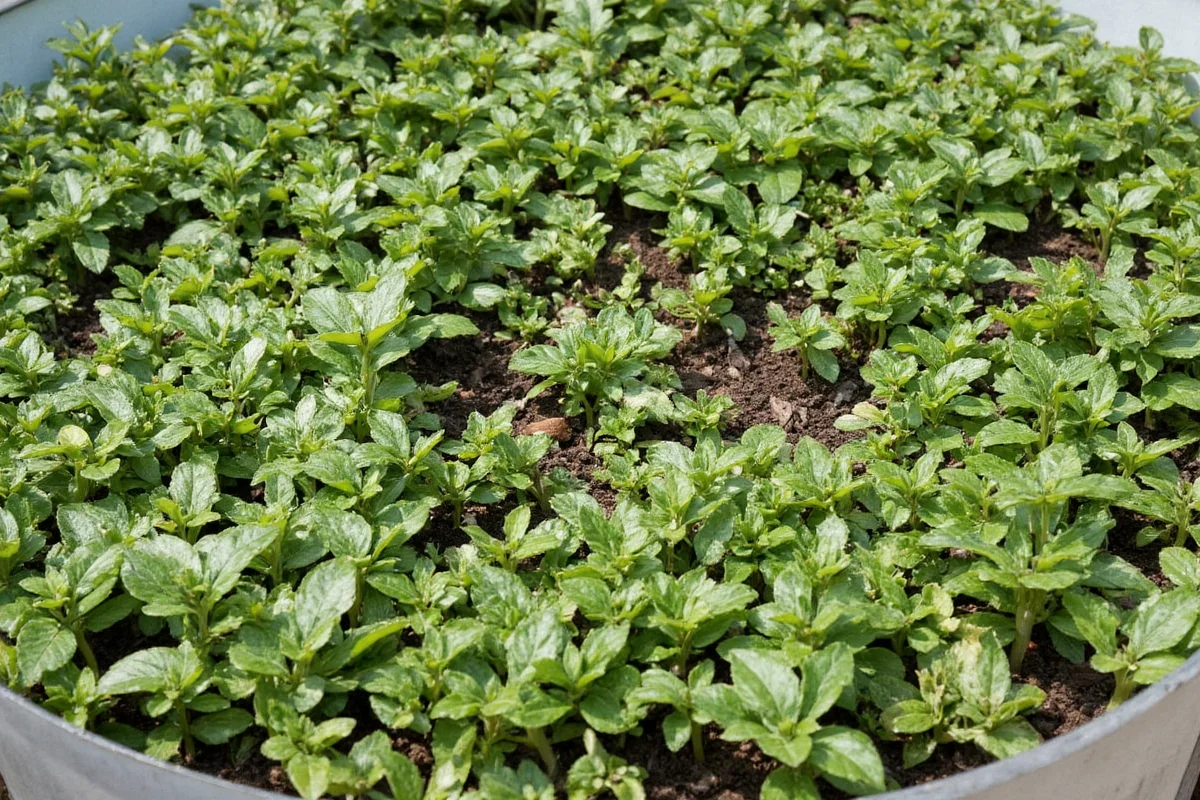Barrel cacti are intriguing plants that captivate with their distinct round shape and spiky exterior. Native to arid regions, these plants are incredibly resilient and make a fascinating addition to any plant collection. Caring for barrel cacti involves understanding their natural habitat and replicating those conditions in your home or garden. Let's explore essential tips for keeping your barrel cactus in top shape, covering everything from sunlight requirements to watering practices.
Sunlight and Location
Barrel cacti thrive in locations that mimic their natural environment where sunlight is abundant. These sun-loving plants require bright light to grow properly. Ideally, you'll want to place your barrel cactus near a south or west-facing window that receives direct sunlight several hours a day.- Select a sunny location in your home or garden.
- A south or west-facing window is ideal for indoor placements.
- If grown outdoors, ensure it’s planted where sunlight is unhindered by taller plants or structures.
Watering Practices
The watering needs of a barrel cactus are influenced by their desert origins, which are accustomed to periods of drought. Therefore, it’s significant to ensure you do not overwater your barrel cactus. Understanding their cycle of absorption and storage is key to maintaining their health.- Water sparingly; allow the soil to dry out completely between watering sessions.
- Avoid watering from above the plant; instead, water the soil directly.
- During winter, reduce watering frequency as the cactus enters a dormant phase.
- If housed outdoors, consider natural rainfall and adjust supplemental watering accordingly.
- Use a moisture meter if you’re unsure about soil dryness.
Soil and Pot Requirements
Barrel cacti benefit from soil that promotes excellent drainage, reflecting their preference for gritty and lean substrates. Choosing the right type of soil and pot significantly affects the health and growth rate of these cacti.- Utilize cactus or succulent potting mix, which is designed to facilitate fast drainage.
- Avoid standard potting soil; it retains moisture and can suffocate roots.
- Consider adding sand or perlite to further improve drainage.
- Select pots with drainage holes to prevent water accumulation.
- Don't overcrowd the pot; leave room for root growth.
Temperature and Humidity
Barrel cacti are adapted to survive in harsh, dry conditions, meaning they prefer warmer climates over cold ones. It's vital to maintain temperatures that don't dip too low, especially in regions susceptible to frost.- Maintain temperatures between 70°F to 85°F (21°C to 29°C) for optimal growth.
- Avoid exposure to temperatures below 50°F (10°C), which can hamper growth.
- Consider indoor living if your climate falls regularly below their ideal range.
- Ensure the humidity levels are low; high humidity can promote fungal issues.
- If outdoors, protect your cactus during cold snaps by bringing it indoors or using frost cloths.
Fertilization and Other Care
Barrel cacti require modest fertilization compared to other plants. Since they are slow-growing, excessive nutrients can lead to uneven growth and can stress the plant.- Use a balanced cactus fertilizer diluted to half strength.
- Fertilize sparingly, typically once at the start of the growing season (spring).
- Avoid fertilizing during their dormant winter period.
- Consider soil health indicators to guide fertilization needs.
- Monitor for signs of nutrient deficiency, such as stunted growth or pale coloring.
In conclusion, the barrel cactus is a fascinating plant that rewards attentive care with its robust presence and longevity. By understanding its native environment, gardeners can recreate the conditions essential for optimal growth. Whether placed indoors as a delightful centerpiece or outdoors as a resilient garden companion, these cacti promise delightful spiky aesthetic coupled with minimal maintenance requirements. With careful attention to sunlight, watering, soil, temperature, and nutrition, even novice gardeners can enjoy the satisfaction of a thriving barrel cactus.











 浙公网安备
33010002000092号
浙公网安备
33010002000092号 浙B2-20120091-4
浙B2-20120091-4